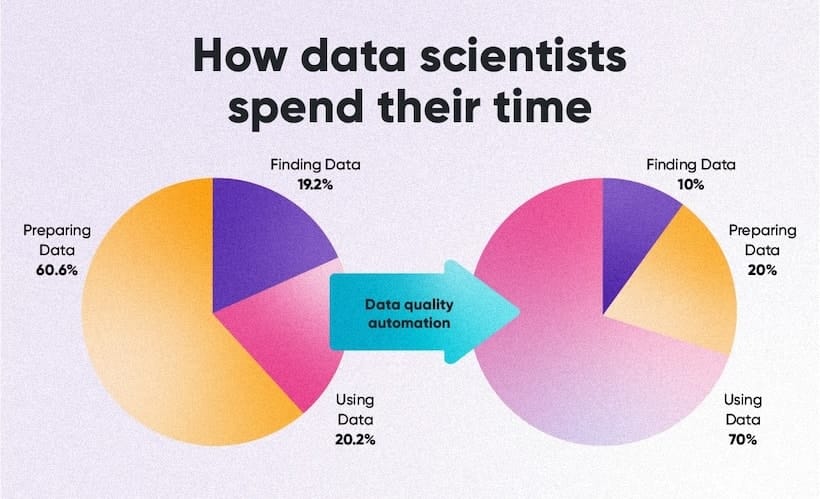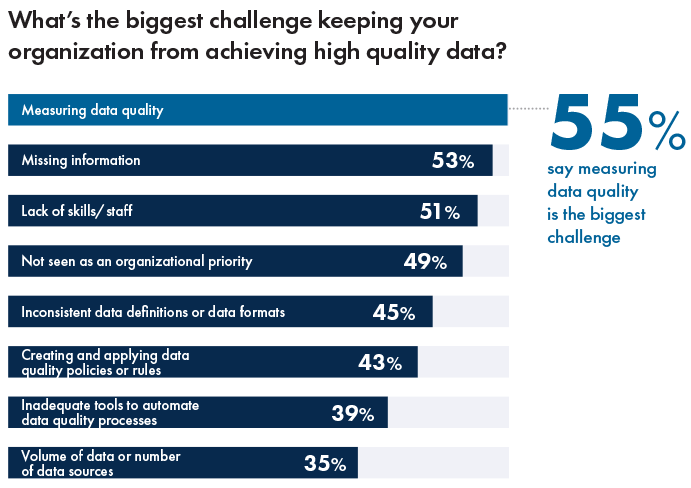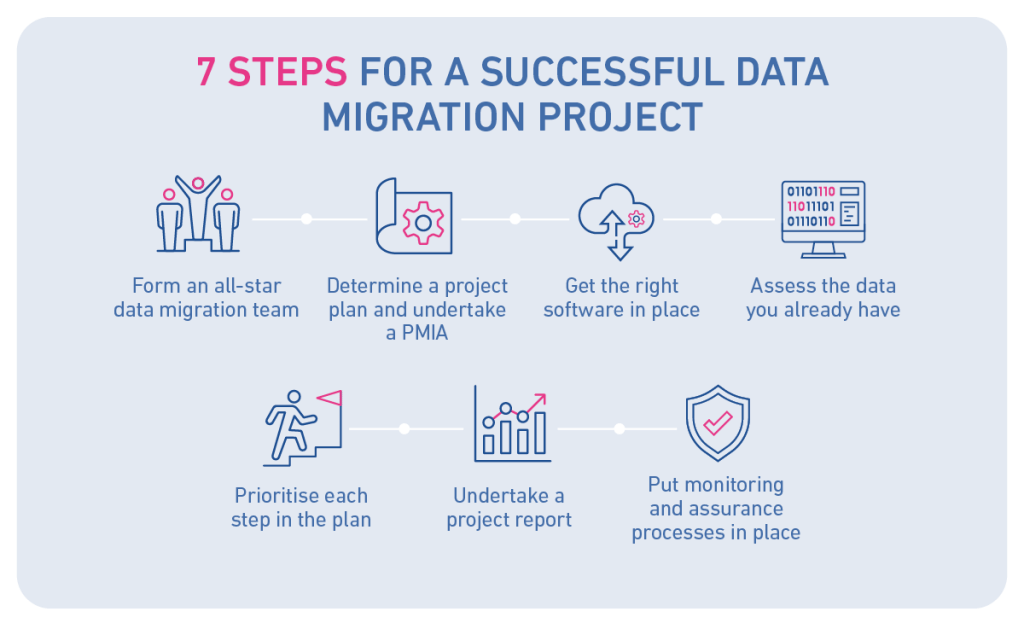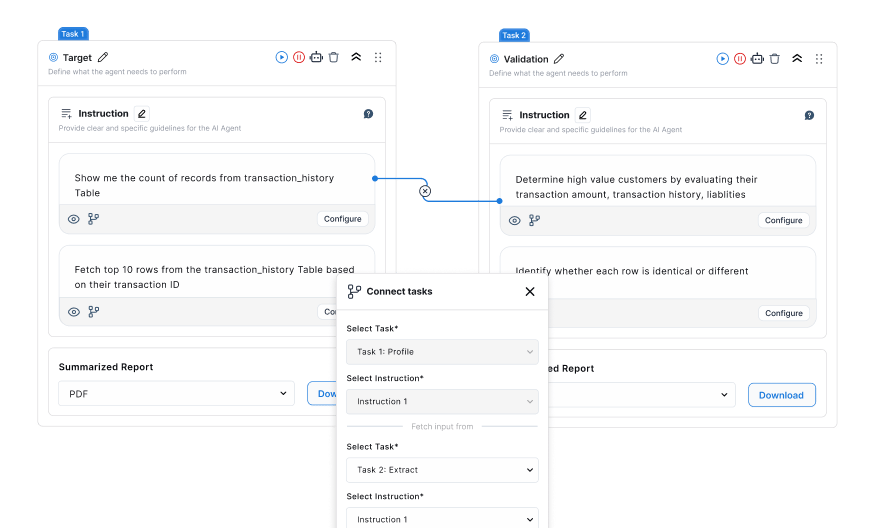- DataMigration.AI
- Posts
- Why Poor Data Quality Dooms Migration Projects Before They Start?
Why Poor Data Quality Dooms Migration Projects Before They Start?
Bad Data = Failed Migration. It’s That Simple.
What’s in it?
Data quality determines 69% of migration success; poor data leads to costly errors, delays, and failed system transitions.
Legacy systems harbor inconsistencies, duplicates, missing fields, and outdated entries sabotage migration accuracy.
Four pillars ensure migration-ready data: Correctness, Completeness, Consistency, and Timeliness.
Automated cleansing tools (e.g., Underwrite.In) cut manual effort by 50%, standardizing and validating data pre-migration.
Smarter Migrations, Faster Results: How AI Agents Will Reshape Your Next Project
In today's digital-first business environment, data migration has become a cornerstone of digital transformation. Organizations are increasingly moving from legacy systems to modern, cloud-based platforms to enhance efficiency, scalability, and competitiveness.
However, 69% of migration success hinges on data quality, according to a study of 25 leading German and Swiss firms.

Credits: Ataccama
Poor data quality, marked by inconsistencies, duplicates, or inaccuracies, can derail migration projects, leading to costly delays, operational disruptions, and flawed decision-making.
Today, we are going to explore the symbiotic relationship between data quality and successful data migration, offering actionable insights for enterprises embarking on this critical journey.
Understanding Data Migration: Definitions and Challenges
Data migration involves transferring data from one system to another, whether physically (e.g., moving servers) or logically (e.g., reformatting data structures). Common scenarios include:
Storage migration: Moving data to modern storage solutions.
Database migration: Transitioning from legacy databases (e.g., Oracle) to cloud-native systems (e.g., AWS RDS).
Application migration: Shifting data to new software platforms (e.g., ERP or CRM upgrades).
Despite its technical nature, data migration is fundamentally a business challenge. Poorly executed migrations can disrupt operations, erode trust, and inflate costs.

Credits: Precisely
Legacy systems often harbor data issues that complicate migrations,
Incomplete records: Missing critical fields like customer IDs or policy details.
Format inconsistencies: Dates, currencies, or addresses stored in non-standardized ways.
Outdated or redundant data: Obsolete entries that clutter databases.
The Data Quality Framework: Pillars of a Successful Migration
Data migration is only as strong as the quality of the data being moved. Without a structured approach to data quality, even the most meticulously planned migration can falter, leading to errors, inefficiencies, and costly rework.
1. Key Data Quality Dimensions
Four non-negotiable criteria define high-quality data,
Correctness: Data must accurately reflect real-world entities (e.g., correct customer names, valid policy terms).
Completeness: All mandatory fields must be populated (e.g., no blank claim amounts).
Consistency: Uniformity across datasets (e.g., "USA" vs. "United States" in country fields).
Timeliness: Data must be up-to-date (e.g., current client contact details).
2. The Data Cleansing Process
Before migration, organizations must:
Parse and standardize: Convert data into a uniform format.
Deduplicate: Merge or remove redundant entries.
Validate: Use rules-based checks (e.g., "policy dates cannot be in the past").
Automated tools like IBM InfoSphere or CloverDX can streamline this process, reducing manual effort by up to 50%, according to AttractGroup.
Strategies for Seamless Data Migration
A successful data migration requires more than just technical execution; it demands a strategic approach that balances speed, accuracy, and business continuity.
Poorly planned migrations can lead to system downtime, data corruption, and operational disruptions, costing organizations time, money, and credibility.
1. Phased vs. Big Bang Approaches
Phased migration: Roll out the new system incrementally, allowing users to adapt and minimizing downtime. Ideal for complex environments like global insurers with multiple legacy systems.
Big Bang migration: Execute the cutover in a single event (e.g., over a weekend). High-risk but cost-effective for smaller datasets.
2. The Role of Data Governance
A robust governance framework ensures:
Clear ownership: Assign data stewards to oversee quality.
Documented standards: Define rules for data entry, storage, and updates.
Continuous monitoring: Post-migration audits to catch anomalies.
For instance, a bank migrating to a new loan underwriting system might appoint a Data Quality Team to validate customer credit scores pre- and post-migration.
Case Study: Data Quality’s Impact on Migration Success
An empirical study using Structural Equation Modeling (SEM) revealed:
Data quality accounts for 69.16% of migration success.
Top success factors include timely execution (81.9% impact) and leadership support (84.8% impact).
Budgetary constraints had the lowest influence (58.5%), underscoring that quality trumps cost-cutting.

Credits: Experian
Key Takeaway: Investing in data cleansing upfront reduces long-term risks, such as regulatory non-compliance or customer churn.
Data Quality as a Competitive Advantage
Data migration is not just an IT project; it’s a strategic business initiative. Organizations that prioritize data quality:
Reduce migration costs by minimizing rework.
Accelerate time-to-value for new systems.
Enhance decision-making with reliable analytics.
For example, you can use Underwrite.In to achieve faster, more accurate risk assessments by migrating cleansed historical data into AI models.
Next Steps
Audit your data: Identify gaps using profiling tools like DataManagement.AI.
Clean before migrating: Allocate 30% of project time to data cleansing.
Adopt automation: Leverage AI-driven tools for scalable quality checks.
By treating data quality as your core asset, you can transform migration from a technical hurdle into a powerful growth catalyst for your business.

When you prioritize clean, reliable data, you unlock the full potential of new systems, enabling faster decision-making, reducing operational risks, and creating competitive advantages.
Your Competitive Edge Starts Here
In today’s fast-moving landscape, these three pillars separate leaders from laggards, no matter your industry.
In any industry, fast and smart data migration drives transformation, enabling new platforms, faster innovation, and competitive advantage.
Don’t wait for another migration disaster to force your hand. The era of intelligent data movement is here with tools like DataManagement.AI.
Transform Data Silos Into Strategic Assets!

In today’s fast-moving landscape, these three pillars separate leaders from laggards, no matter your industry.
In any industry, fast and smart data migration drives transformation, enabling new platforms, faster innovation, and competitive advantage.
Don’t wait for another migration disaster to force your hand. The era of intelligent data movement is here with tools like DataManagement.AI.
Thank you for reading
DataMigration.AI & Team